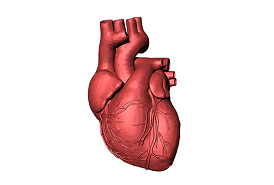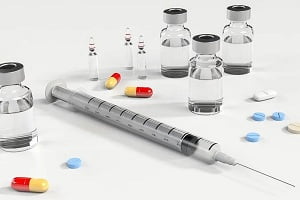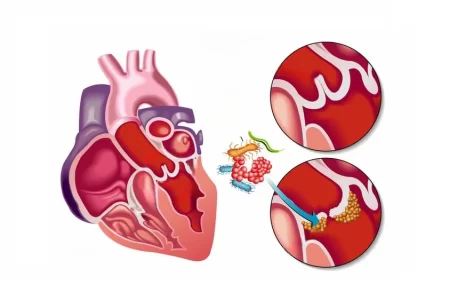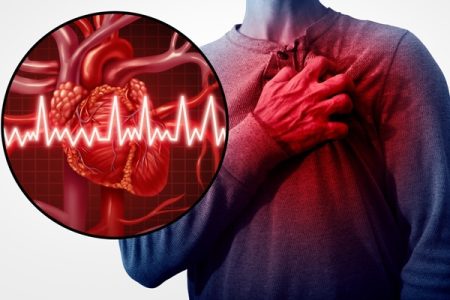Browsing: Endocarditis
Comprehensive Information, Resources, and Support on Endocarditis
Pathogenesis of Infectious Endocarditis Infectious endocarditis is a disease caused by a bacterial or fungal infection on the heart’s endocardial…
What Are the Chances of Surviving Endocarditis?
Endocarditis Endocarditis or infective endocarditis is an inflammation of the heart valves and endocardium (inner lining of the heart chambers)…
Drug abuse is one of the major factors for infective endocarditis and patients who suffer from drug abuse infective endocarditis (DA-IE) have significant morbidity and mortality. Centers for Disease Control and Prevention suggest that the admissions for infective endocarditis in patients aged below 30 years with IVDA increased from 11% in 2008 to 27% in 2014.
Dermatologic Manifestations of Infective Endocarditis
Infective endocarditis (IE) is the inflammation of heart valves and endocardial wall due to various infections. It often presents a large number of dermatological manifestations like endocarditis rash, Osler’s nodes, Janeway lesions, cutaneous purpura etc. These manifestations may have an important prognostic role and can influence therapeutic decisions. Dermatologic examinations have been found to be important diagnostic methods in the presumptive diagnosis of the disease.
Endocarditis is a rare and potentially fatal infection of the endocardium (inner lining) of the heart. Most commonly it is caused by bacteria which enter into the blood stream and then travel to the heart, resulting in an inflammation of the inner lining of the heart.








